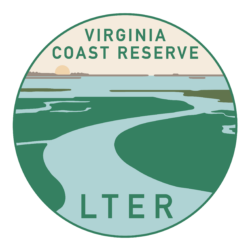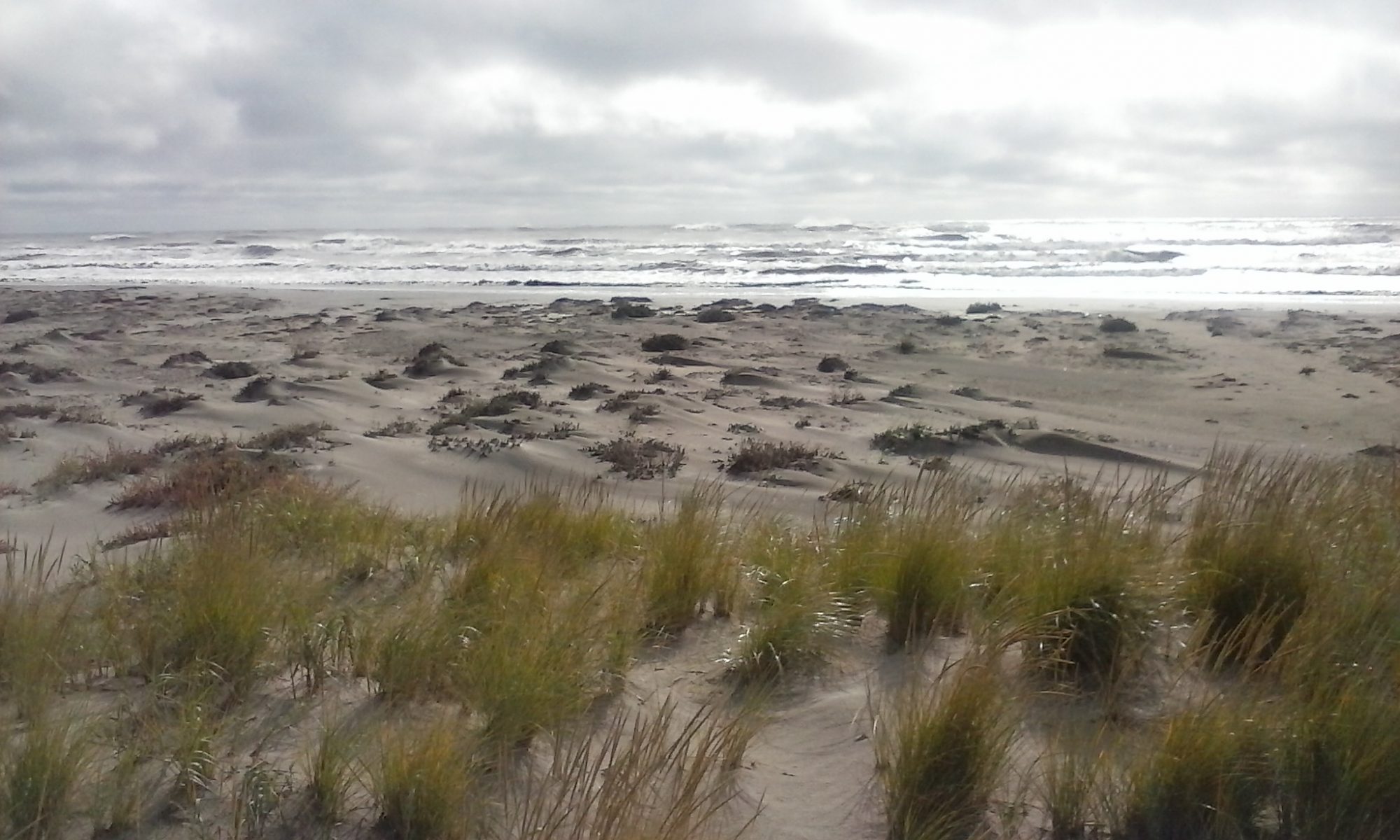Choose a research highlight:


Virginia Coast Reserve Long-Term Ecological Research
Ecological Research on a High-Speed Landscape: Developing a predictive understanding of how long-term change and short-term disturbance control the dynamic nature of coastal barrier landscapes.
